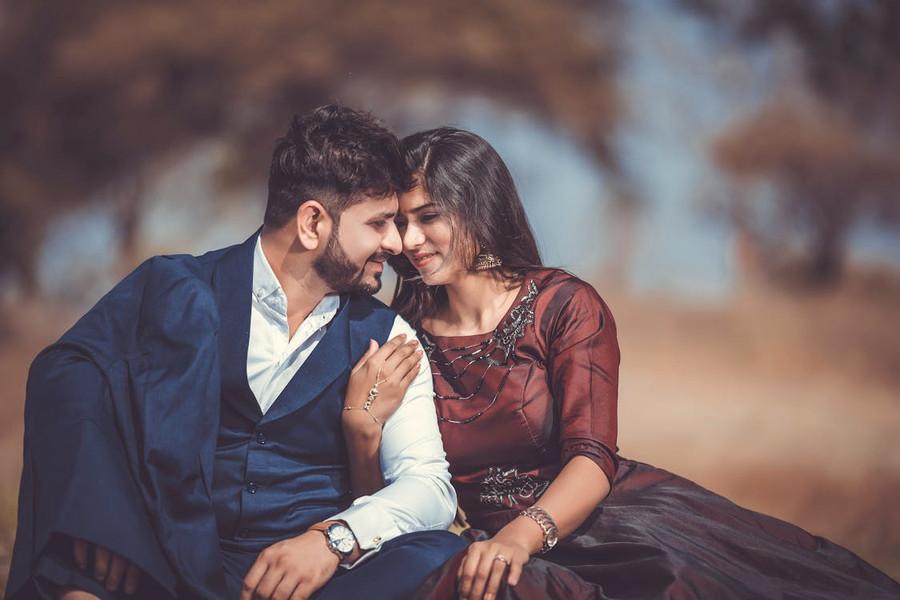Explore the World's Best Ideas
Join today and uncover 100+ curated journeys from 50+ topics. Unlock access to our mobile app with extensive features.
Relationship Security: The Facts
Humans have a deep-seated need for love and nurturance from their parents or other carers, and if this care is absent or unreliable, it can lead to long-term problems.
Ultimately, your attachment style shapes how much you trust others, whether you fear abandonment, and whether you keep your distance from others - or push them away - to avoid intimacy.
28
245 reads
Your Attachment Style Has Its Roots in Your Childhood
Early life experiences with our key caregivers shape our expectations – consciously and unconsciously – of what to expect from relationships throughout our lives.
Unless you understand and seek to change your attachment style, you will likely continue to manage your current relationships based on the habits you learned in childhood from your earliest caregivers.
Fortunately, by trying out new behaviours in relationships, and finding new coping behaviours when you’re feeling anxious or stressed, you can change your attachment style, enjoy better relationships, and lead a more fulfilling life.
30
191 reads
Identify Your Current Attachment Style: Four Statements
The first step in understanding why you behave the way you do in relationships is to identify your current attachment style.
Select which of these four statements you feel best describes you:
a) It is easy for me to become emotionally close to others.
b) I want to be completely emotionally intimate with others, but I often find that others are reluctant to get as close as I would like.
c) I am comfortable without close emotional relationships.
d) I am deeply uncomfortable getting close to others. I want emotionally close relationships, but I find it terrifying and chaotic to trust others.
31
223 reads
The Attachment Style Results
Each of the four statements(In the previous stash) corresponds to one of the four main attachment styles recognised by psychologists.
If you chose:
(a) this suggests you have a secure style;
(b) an anxious style;
(c) an avoidant style;
(d) a disorganised style.
There is a secure attachment style, and there are three insecure styles: anxious, avoidant and disorganised. Key to them all is that you often expect to get treated based on how you got treated.
32
180 reads
The Secure Attachment Style
If you’re fortunate enough to have a secure attachment style, your primary caregivers were probably ‘good enough’ and you are well placed to enjoy healthy relationships in life.
29
229 reads
The Anxious Attachment Style
An anxious attachment style (sometimes called ‘preoccupied’ or ‘ambivalent’) is often due to inconsistent or intrusive parenting, or a blurring of the boundaries between parent/caregiver and child, for example by exposing the child to inappropriately adult emotions and situations too early in life.
If this is your attachment style, then as an adult you probably value closeness and connection but find yourself worrying about upsetting others or being rejected, and you might tend to assume the worst is happening in a relationship.
31
218 reads
The Avoidant Attachment Style
An avoidant attachment style (sometimes called ‘dismissive-avoidant’ or ‘fearful-avoidant’ depending on the accompanying behaviours) is linked to a caregiver’s consistent and repetitive rejection of the child’s emotional needs. If this was your experience, then as an adult you might find you always try to cope on your own.
You probably reject the need for relationships or, if you are in them, you may find it difficult to become emotionally close, or place a lot of value on your partner’s looks.
30
180 reads
The Disorganized Attachment Style
The disorganised style (sometimes called ‘disoriented’) – is best thought of as being trapped in, and responding to, a terrifying and incredibly confusing stay/go paradox, where the caregiver (and future potential friends or partners) are both the source of occasional comfort but, more often, the source of threat.
This style is linked to serious abuse and neglect in childhood. If this was something you experienced, you might struggle with self-esteem and have perhaps found your subsequent relationships incredibly difficult because of the intense emotions you experience.
30
162 reads
Examine The Attachment Style Of Others
Attachment is fundamentally a science of relationships. Yes, we want to know more about ourselves, but we also want to influence those we care about to feel emotionally safe in their relationship with us.
So, once you feel like you understand your own attachment behaviours, start looking to those around you to more fully understand why they behave the way they do in their close relationships.
29
131 reads
Empathy For The Disorganized Partner
Partners with a disorganised attachment style lack a coherent approach toward relationships. On the one hand, they want to love and be loved. But they are afraid to get close to anyone because they have a strong fear based on experience – that those closest to them are the most dangerous and will hurt them.
Knowing that these partners want relationships, but fear them, can help you tolerate their lack of consistency and behaviours that, on the surface, look like they’re pushing you away.
32
147 reads
Work Towards Changing Your Attachment Style
If you’re struggling to make the changes you want to make in your relationships and you keep making the same mistakes, take a beat and bring yourself back to this key point: you can learn to handle emotions differently; you can change your attachment style; and you can change your expectations about relationships.
Attachment style is not destiny – it can change, and you can choose to change it.
28
132 reads
Practise Spotting Your Patterns of Behaviour in Relationships – and Their Consequences
You might not need a lot of reassurance in a relationship – perhaps because you currently have a more avoidant style. You know your partner loves you, and they should know you love them, so why keep saying it? But perhaps they do need a bit more reassurance than you, and you’ve seen how this mismatch creates friction.
So, rather than dismissing them as needy, have a think about why – from an attachment perspective – they might need a little more from you, and adjust your behaviour accordingly.
30
129 reads
Collaborate with Your Partner to Change Your Attachment Style
If you’re anxious, ask for patience and tolerance from your partner, while at the same time committing to acting less from that anxious place. If your partner understands that you’re anxious, it might help them to know that it won’t help you to constantly reassure you that they love you; on the contrary, the route to attachment security is trust built over time.
28
129 reads
Keep Practising New Ways of Engaging with Others
If you have an anxious attachment style, practise being direct and authentic with others, even though it feels hard. If you struggle to calm yourself without another person to help, there are many techniques you can use that will help you to manage any intense emotions that arise.
If you’re more avoidant and struggle to connect with others, challenge yourself to stay present in disagreements and seek to understand the person opposite, rather than running away.
28
131 reads
Create a Virtuous Circle (ideally in Collaboration with Your Partner/friends)
It goes something like this: (a) notice when you’re on autopilot – for instance, lapsing into needy or avoidant behaviours; (b) pause to reflect; (c) do something different; (d) notice the results; and, if they were positive, (e) apply what you’ve learned in future situations.
You can also apply these principles for changing your attachment style beyond romantic relationships: to friendships, family relationships and work relationships.
30
133 reads
IDEAS CURATED BY
Creator. Unapologetic student. Lifelong coffee ninja. Internet nerd. Bacon lover.
CURATOR'S NOTE
All about Attachment styles.
“
Valentina D.'s ideas are part of this journey:
Learn more about loveandrelationships with this collection
How to create a positive work environment
Conflict resolution strategies
Effective communication in the workplace
Related collections
Similar ideas
7 ideas
8 ideas
How Attachment Styles Affect Adult Relationships
helpguide.org
10 ideas
The 4 Attachment Style (With tips on how to overcome the unhealthy)
mindbodygreen.com
Read & Learn
20x Faster
without
deepstash
with
deepstash
with
deepstash
Personalized microlearning
—
100+ Learning Journeys
—
Access to 200,000+ ideas
—
Access to the mobile app
—
Unlimited idea saving
—
—
Unlimited history
—
—
Unlimited listening to ideas
—
—
Downloading & offline access
—
—
Supercharge your mind with one idea per day
Enter your email and spend 1 minute every day to learn something new.
I agree to receive email updates












